Test przewodnika-Obecnie elektronika jest wszędzie, zarówno w budynkach komercyjnych, jak i mieszkalnych Oznacza to, że przerywacze, przełączniki, przekaźniki i inne połączenia elektryczne działają całodobowo, aby zapobiec uszkodzeniom elektrycznym Jednakże, gdy dwa przewody stykają się, można przewidzieć, że będą jakieś rezystancje Zbyt duża oporność może spowodować przerwy w zasilaniu i inne awarie elektryczne Dlatego te połączenia elektryczne muszą być regularnie utrzymywane To jest miejsce do testowania przewodów Przeczytaj dalej, aby dowiedzieć się więcej na temat testów ductor
Co to jest test przewodnika
Also referred to as a test, a doctor's test involves measuring the amount of resistance detected in electrical connectors, such as cable connections, joints, and busbar sections.
Contact resistance occurs when an electrical device limits or opposes the amounts of current flowing through it. Alternatively, it can occur when contacts from different devices touch.
Contact corrosion, loose connections, or adequate joint tension may occur on electrical connectors. Furthermore, increasing resistance levels will reduce the current carrying capacity, which results in major outages, contact-losing phases, or even fires. Luckily, contact resistance tests help you maintain an acceptable resistance level to prevent limiting current flow.
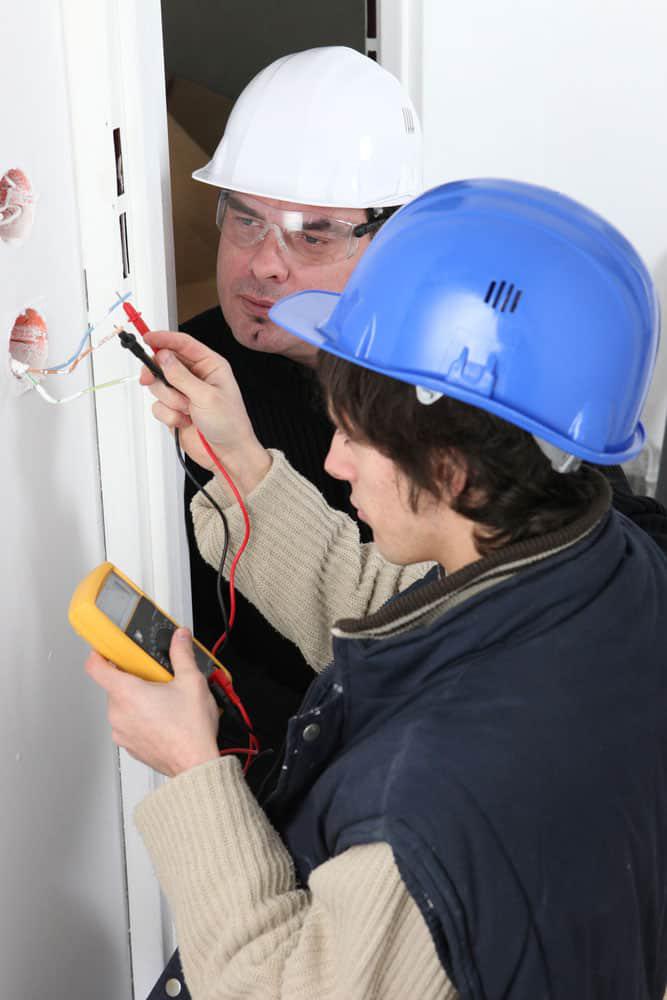
Test przewodnika-What Is a Doctor Tester?
You can conduct ductor tests using specialized equipment known as a doctor tester. The equipment is also popularly referred to as. It will measure the electrical contact resistance in a single or complete circuit. The results appear in ohms, named after the famous German physicist Georg Simon Ohm.
The tester consists of a DC ammeter, one resistor, and a 3V battery or internal power source. Typically, they come in different sizes, depending on the level of electrical testing. However, these ohmmeters come in two distinct types: micro–ohmmeters, milli- ohmmeters, and mega–ohmmeters.
1. A series-type ohmmeter
In this ohmmeter, the measuring resistance circuit connects to the meter in a series. It consists of 4 unique resistors that perform different roles. For example, R1 limits current flow, R2 is a zero adjuster resistor, RX is an unknown resistor, and RM is an internal resistor. It also features an internal battery voltage-E and two output terminals (A and B).
You can measure the contact resistance values through the, which connects R2 in a series with R1 and the battery connected to outputs A and B. If the outputs are open circuits, no current will flow through, and the pointer will drift toward the infinity symbol, indicating infinite resistance. However, you can get varying resistance readings, depending on the connections.
2. Test przewodnika-A shunt-type ohmmeter
In a shunt-type ohmmeter, the measuring resistance is connected parallel with RX and the battery. In addition, the meter is primarily helpful for measuring low-value current resistance. Usually, RM, R2, and E (the battery) are the most active components in a shunt-type ohmmeter. In addition, RX connects to outputs A and B.
But unlike the series-type ohmmeter, the infinity symbol is on the right, and zero is on the left. Therefore, when RX is zero, the resistance reading becomes zero, but when the outputs are open, the circuit detection diverts to the infinity symbol to indicate infinite resistance. More importantly, you should also use a switch for this test to prevent unlimited current flow.
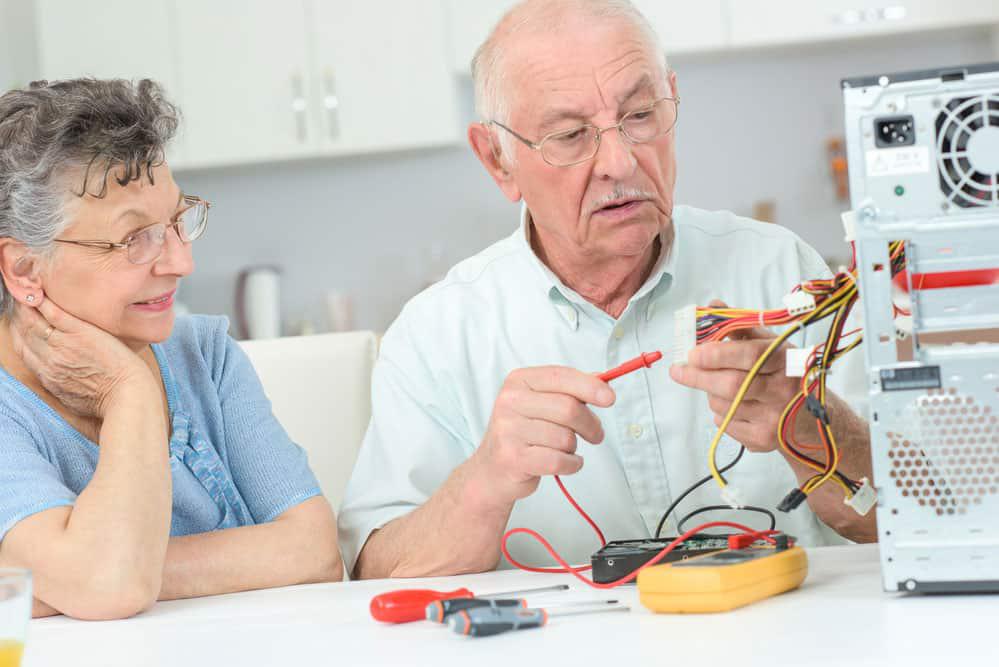
How to Determine the Ductor Test Criteria
The contact resistance test depends on several factors, including the type of connection (is it welded, clamped, or bolted?), contact pressure, and metallic surface area. However, these factors may vary depending on the equipment, contact material, or manufacturer’s preference.
There’s no code for minimum contact resistance, but the maximum contact resistance may differ from manufacturer to manufacturer. For this reason, you should always consult the manufacturer before running a test. Sometimes, you can integrate thermal Imaging with the contact resistance result to detect Hot-joint and Bus-Bar Systems.
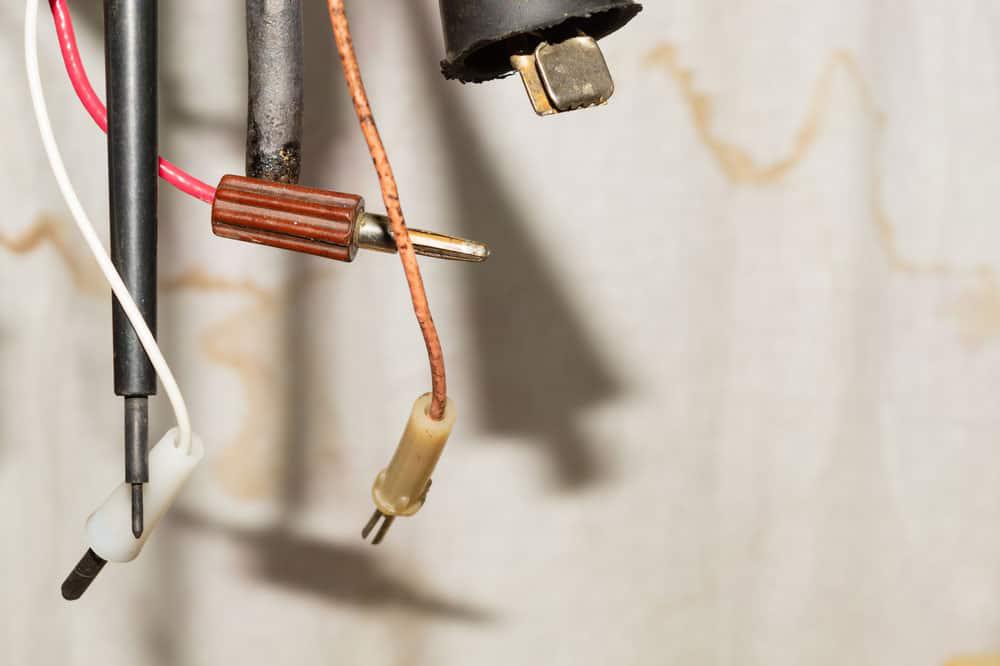
Test przewodnika-Contact Resistance Testing Procedure
The entire procedure involves two steps: visual inspection and instrumental inspection.
For the visual inspection, you’re visually inspecting the circuit breaker for damages resulting from arcing, wear and tear, or deformed contacts. After all, you want to detect and fix any potential problems that will limit adequate current flow.
The instrumental inspection relies on the ohmmeter. You will apply a fixed amount of current to the contacts and measure the voltage across the circuit. The pressure can range from 100A to 200A or higher. Once the ohmmeter gives you an accurate measurement, you’ll finish calculating resistance using. You can compare the value to the manufacturer’s and previous records to maintain acceptable contact resistance values.
Keep in mind that the visual and instrumental inspections happen concurrently to ensure the circuit is perfect.
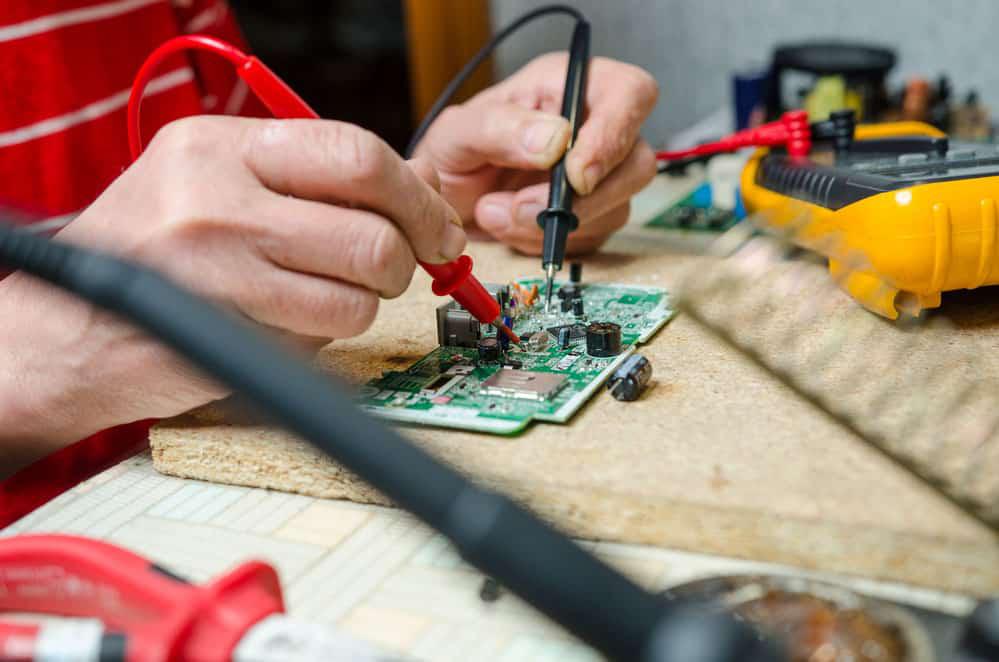
Contact Resistance Test: Step-by-Step Guide
Before going further, you must have an ohmmeter or ductor tester to finish the contact resistance test. Most people use the micro-ohm meter because it provides a more accurate measurement. The ohmmeter will measure contact resistance using the four-wire (Kelvin) DC voltage drop, eliminating contact resistance and resistance to the current leads.
The test involves two potential leads for voltage drop measurements and two injection connections. Keep in mind that all voltage cables should connect highly close to the connection you’re testing. It would help if you also placed the cables within the circuit created by the connected current leads.
The microprocessor-controlled micro-ohmmeter will then calculate the contact resistance and eliminate errors caused by it. After the results are in, you will add the contact resistance measurements to the total voltage drop measured separately.
Here’s a tip, make sure you subtract thermal EMF measurements from the final result to prevent inaccuracies. You can use various methods, including reversal of polarity, to measure thermal EMF magnitude. In addition, if you record low readings while using low currents, it is advisable to re-do the test and apply a higher current. That’s because higher currents prevent connection problems and oxidation that occurs in terminals.
Additionally, always make sure your readings align with previous records and the manufacturer’s numbers. Even better, remember to keep a record of all your readings for future reference. Lastly, to maintain consistent results, you must perform the tests in the same position and conditions.
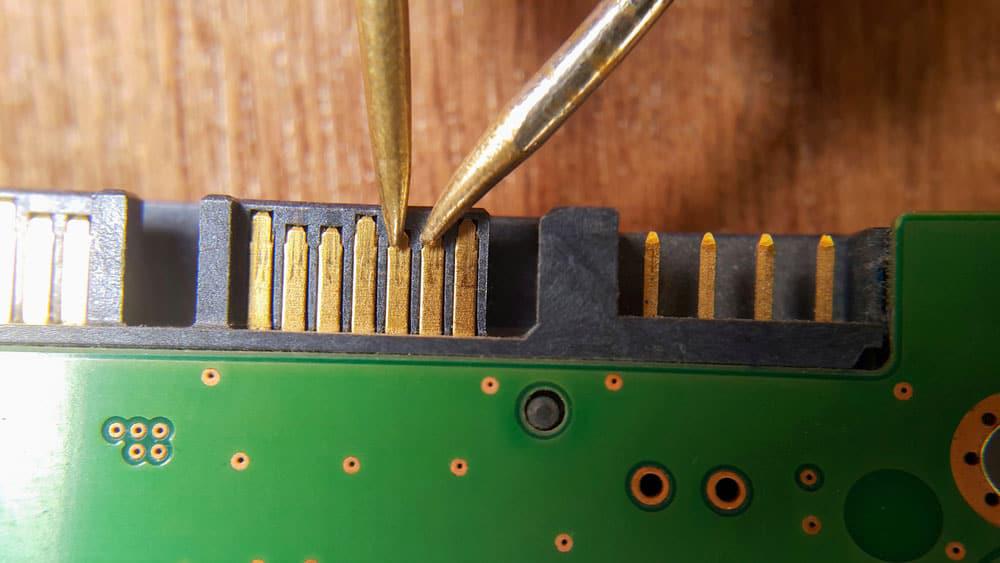
Conclusion
In conclusion, contact resistance tests are necessary to ensure your electrical connections are in tip-top shape. You don’t want to experience unexpected blackouts, equipment failure, or worse, fires caused by circuit breaker mishaps. So make a point to conduct regular tests and replace your contacts whenever you see fit.
Even better, you can contact us for all your wiring and cabling needs. The company prides itself on ten years of wiring harness solutions.

